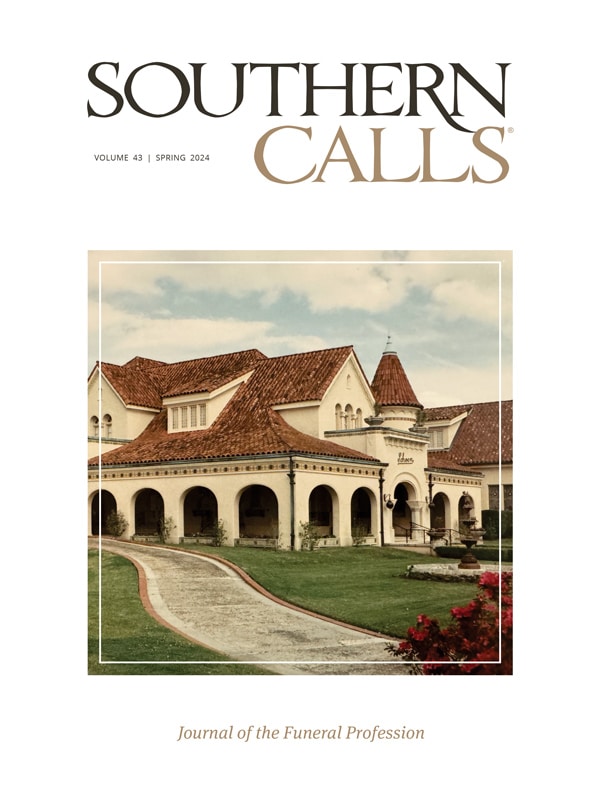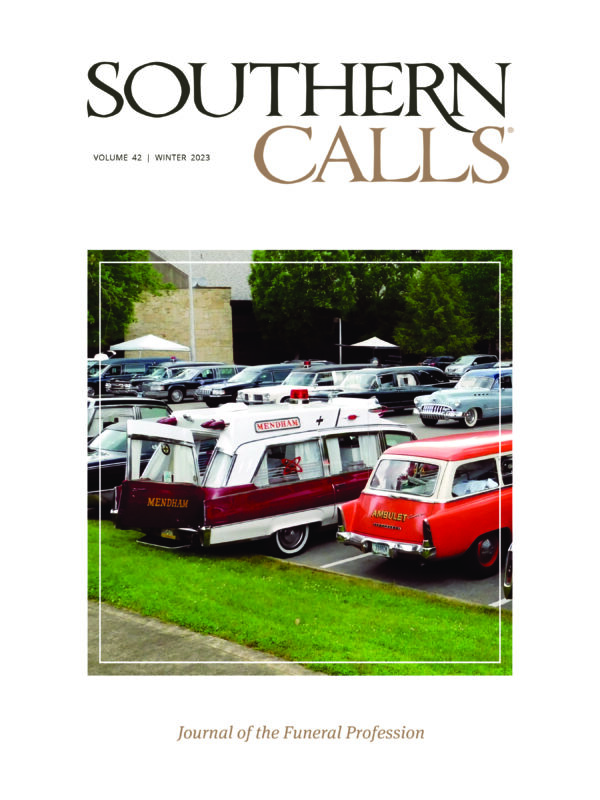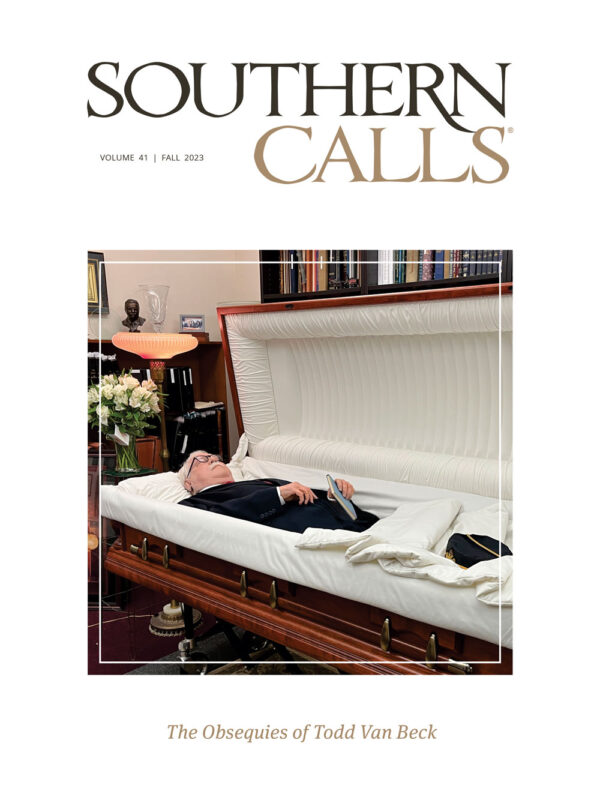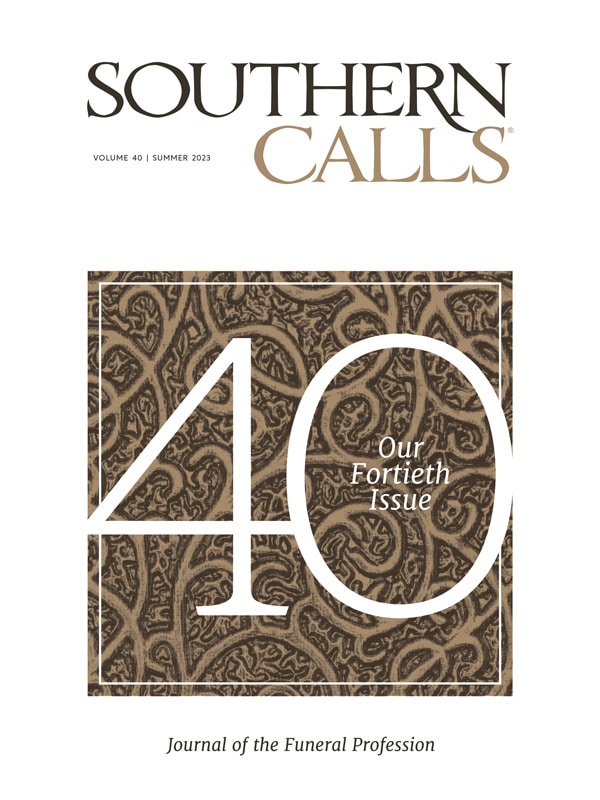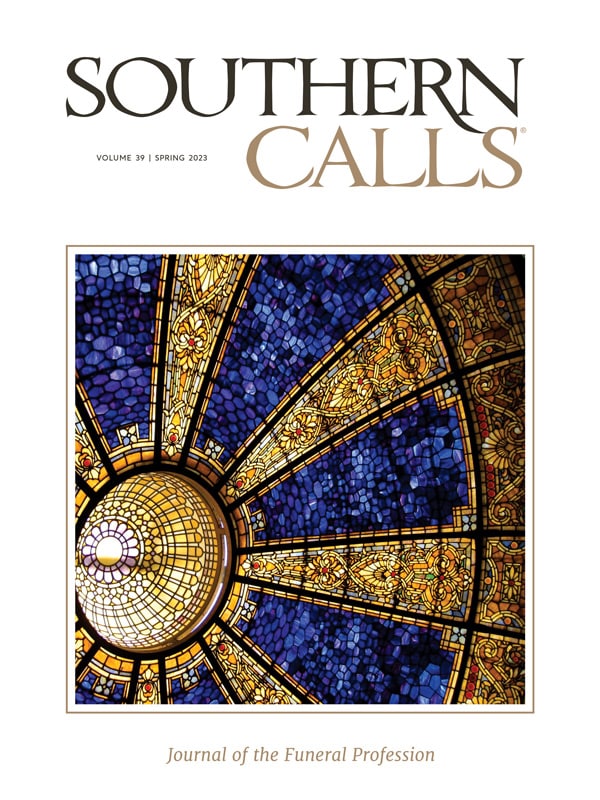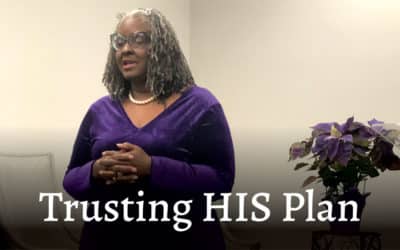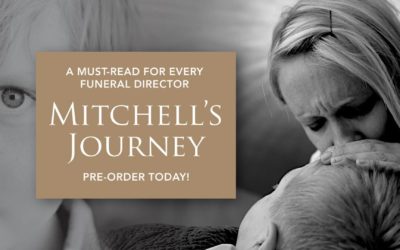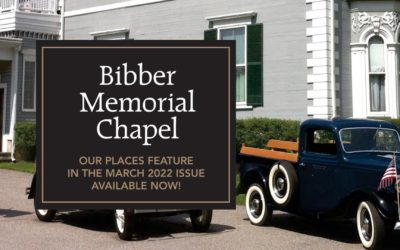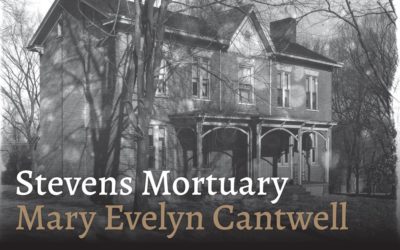“A Bully Good Fellow Was He”
This photo depicts a “typical” Irish wake, although perhaps embellished for entertainment value — these stereoview images are collectibles from the late 1800’s.
Far from somber, traditional Irish wakes included merrymaking as a major part of the grieving process. Frowned upon by the Catholic church, storytelling, mischief-making, and games were all part of the send-off in these pagan rituals intended to ease the suffering of the bereaved family.
Lewd songs, pranks, and games with names like “Priest of the Parish” and “Hide the Gulley” were commonplace at wakes up until the mid-1900s.
Even contests of strength, which included lifting the corpse, were common.
Another prank often played was hiding under the corpse’s bed and shaking it when someone walked in, scaring the living daylights out of them
These activities and their pagan origins were severely frowned upon by the church, who tried to stamp out the custom. Official action was only taken, however, when a wake turned particularly scandalous.
An Irish wake began when neighborhood women came to the house and washed the body of the deceased. More often than not, the wake was held in the deceased’s own home or in that of a close relative. The corpse was then covered in white linen and adorned with black or white ribbons.
Custom dictated that crying could not begin until after the body was prepared, for fear that evil spirits would be attracted to the body and would take the soul of the deceased.
Female keeners were often hired by the family, and they wailed and cried and recited poetry, lamenting the loss of the loved one. The principal mourner stood at the head of the bed striking the first note or wail.
Within the house itself there were also many traditions that had to be adhered to.
These customs included the laying of clay pipes, tobacco, and snuff in the room. Every male caller was expected to take at least a puff. The smoke kept evil spirits from finding the deceased. Usually, a pipe and tobacco were placed on a table next to the body. On some occasions, a pipe was also laid on the deceased’s chest.
Clocks were stopped at the time of death and the mirrors in the house were turned around or covered. All of the curtains in the house were also to be drawn but for the one window closest to the body which would be left open.
circa 1897, Photo by W.H. Rea


